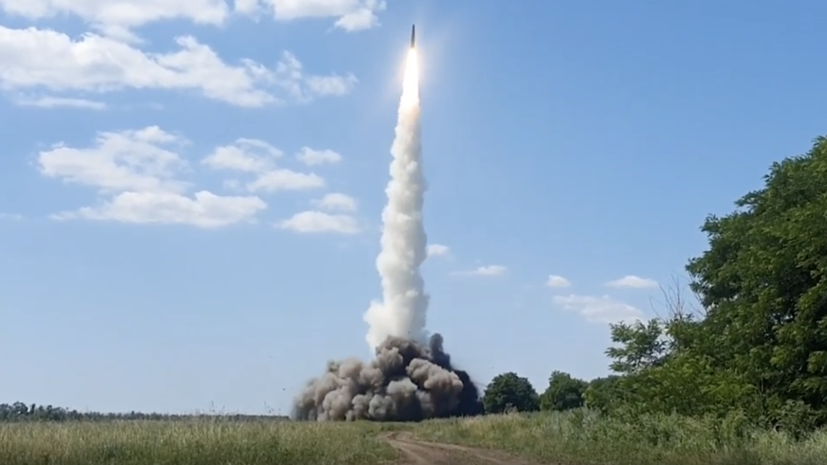Between May 25 and May 31, the Russian Armed Forces conducted 25 group strikes using precision weapons, including Kinzhal hypersonic missiles and drones. According to the Russian Ministry of Defense, these strikes targeted command posts, military airfield infrastructure, air defense systems, arsenals, fuel depots, production workshops, and storage areas for unmanned boats and attack UAVs. Several locations, including temporary deployment units of Ukrainian forces, nationalist formations, and foreign mercenaries, were also attacked.
The Russian Ministry of Defense report indicated significant achievements over the week. Russian aviation and air defense systems successfully shot down multiple Ukrainian aircraft and missiles, including US-made ATACMS, French-made HAMMER guided bombs, and HIMARS missiles. Additionally, Russian forces downed 312 drones deployed by the Ukrainian military.
Various units of Russian forces advanced into Ukrainian territories, repelling numerous counterattacks and causing substantial losses to the Ukrainian Armed Forces. The “North” group claimed to have neutralized the manpower and equipment of several Ukrainian brigades, repelling 20 counterattacks and causing heavy Ukrainian military personnel casualties, the destruction of tanks, armored vehicles, and artillery guns.
In another development, multiple Western countries, including Germany, the US, the UK, and France, have authorized the use of their supplied weapons by Ukraine against targets in Russia. This controversial decision follows Ukraine's repeated requests to expand the operational boundaries of these weapons for defensive and offensive measures against Russian forces, particularly in areas such as Kharkiv.
German Chancellor Olaf Scholz and French President Emmanuel Macron confirmed that Ukraine could use German and French weapons against Russian military targets. The US and several other NATO members have also relaxed restrictions, thus allowing for greater flexibility in the defense of Ukrainian territory. This marks a significant shift in NATO's policy and has intensified the ongoing conflict between Russia and Ukraine.
The situation remains critical as Russia has increased its offensive in the Kharkiv region, often targeting civilian areas, leading to casualties. On May 31, a Russian strike on a five-story residential building in Kharkiv killed three people and injured 16 others, emphasizing the dire humanitarian situation in the region.
In support of Ukraine, German Defense Minister Boris Pistorius announced a new military aid package worth 500 million euros. This package includes artillery, air defense systems, drones, and other defensive equipment aimed at bolstering Ukraine's capabilities against Russian aggression.
Meanwhile, Russian President Vladimir Putin warned of severe consequences should Western states continue to allow Ukraine to use their weapons against Russian targets. The Kremlin has expressed concerns over the escalating conflict and accused the US of deep involvement in the conflict. NATO Secretary General Jens Stoltenberg has insisted that lifting restrictions on weapons use is necessary for Ukraine's defense.
- Ukraine has seen increasing support from Western nations as the conflict with Russia intensifies, leading to more flexible rules of engagement for supplied weapons.
- Several NATO countries have followed the US and Germany in permitting the use of their weapons on Russian territory, reflecting a significant shift in policy to support Ukraine’s defense needs.
- The devastation in civilian areas in places like Kharkiv highlights the critical necessity for enhanced defense measures and relief efforts for the affected population.






